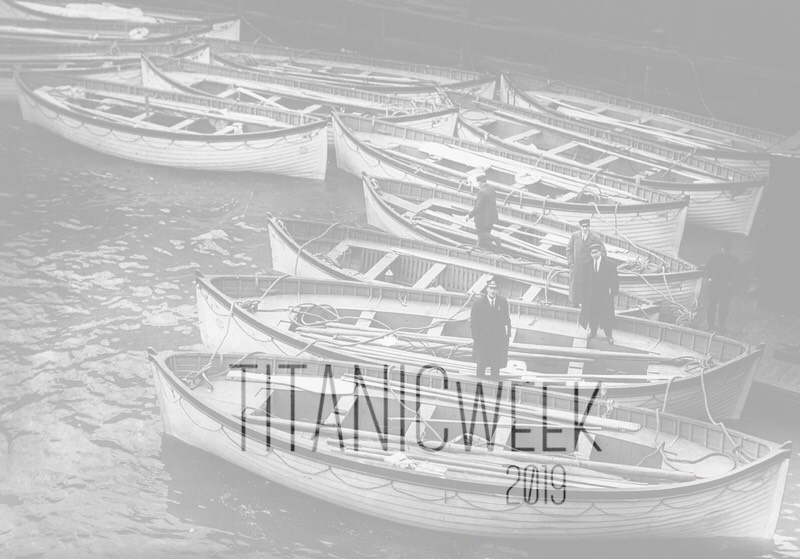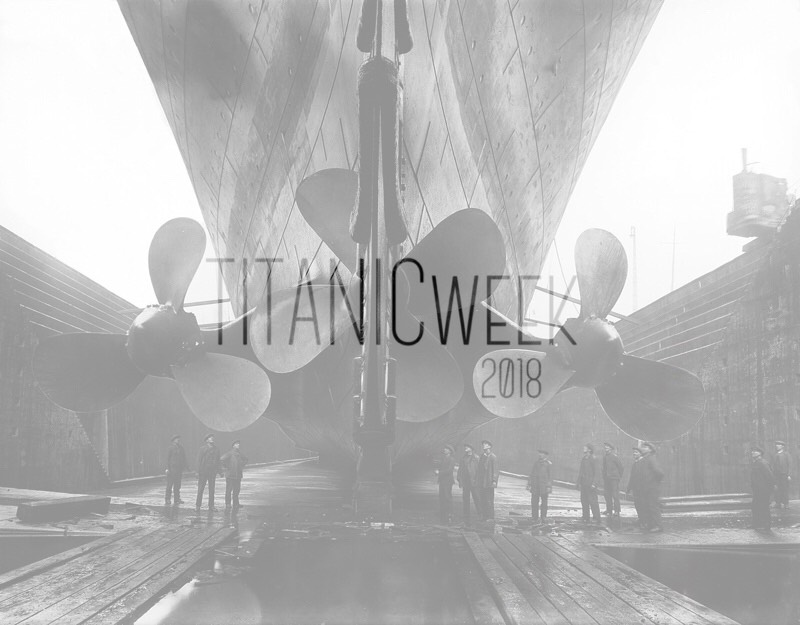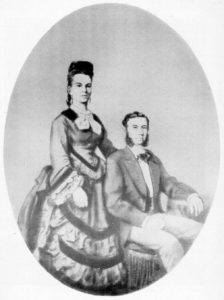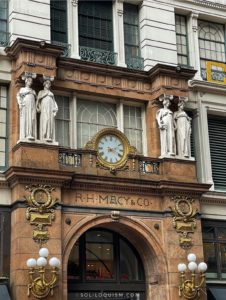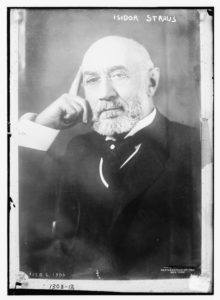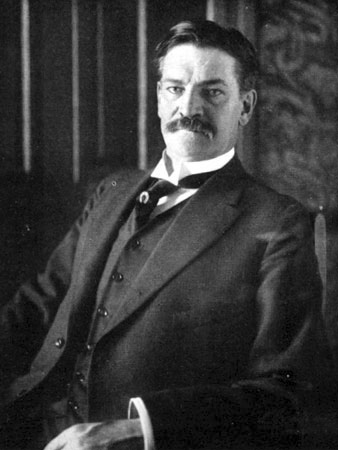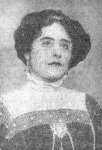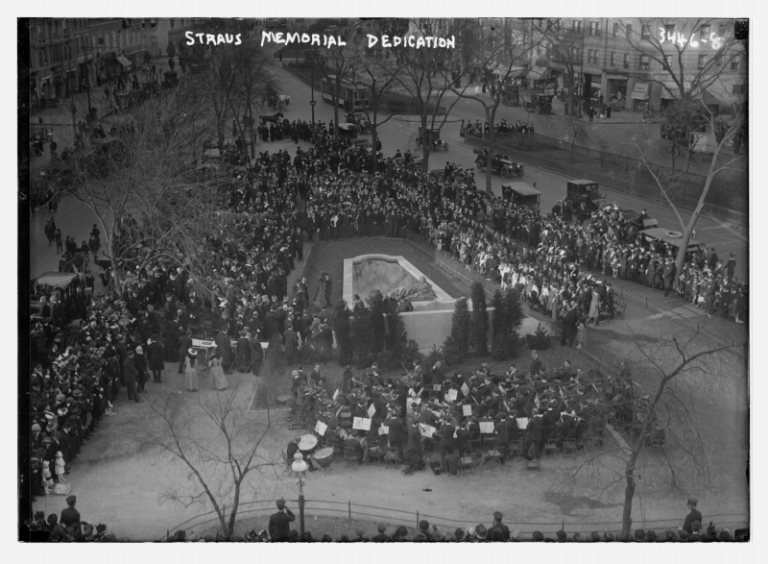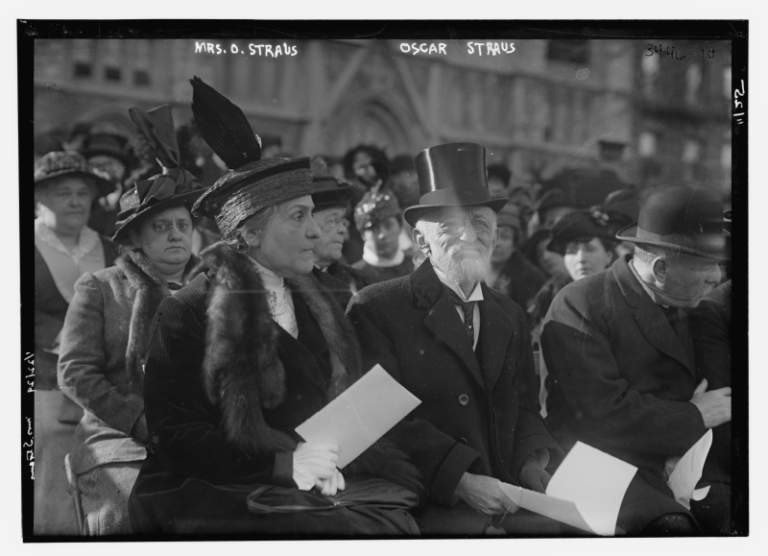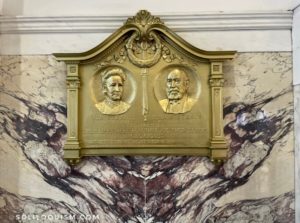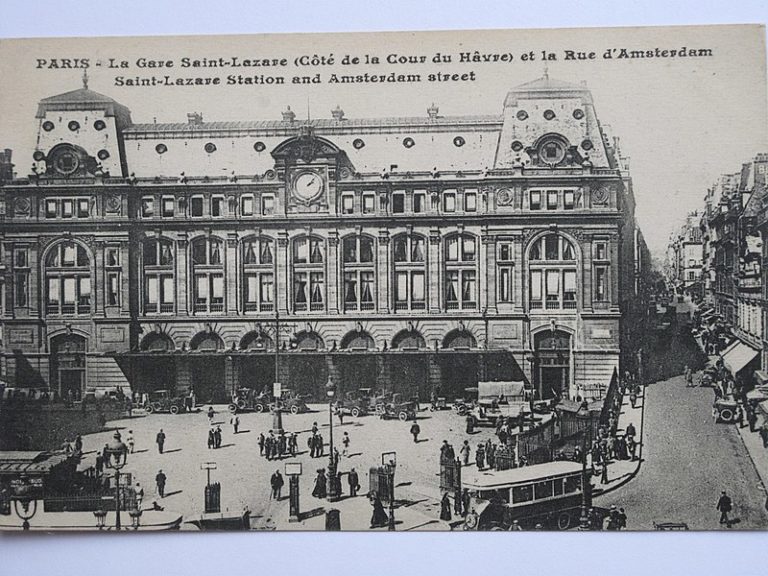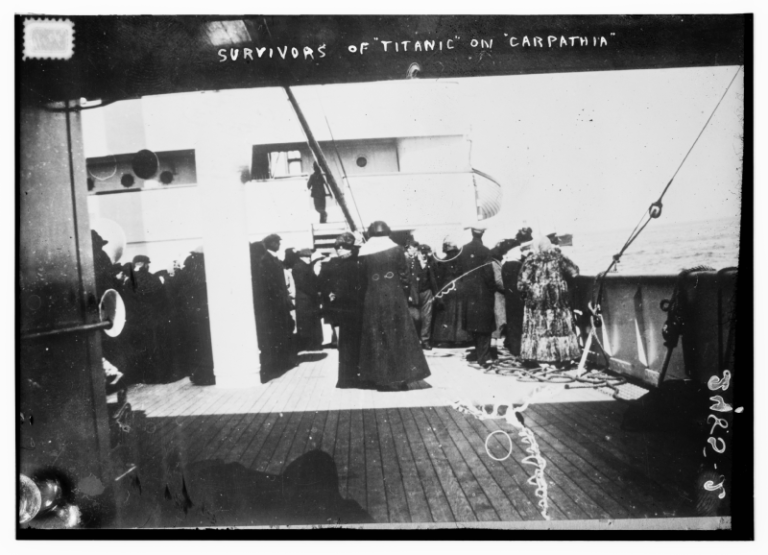“Our Boats Waited in Deadly Silence”: Karl Behr & Helen Monypeny Newsom
Determination, thy name may well be Karl Behr.
Karl was born in Brooklyn to German parents. He graduated from Yale in 1906. Moreover, he was admitted to the Bar Association in 1910, and was by all accounts an extremely successful lawyer. He also mined for silver in Mexico.
In the meanwhile, Karl was one hell of a lawn tennis player. He played on the U.S. Davis Cup team in 1907; in that same year, he was ranked number 3 in the sport. He was also runner-up at Wimbledon in 1907.
All in all, it seemed to have been a hell of an excellent year for Karl, though he enjoyed similar successes in tennis for many years thereafter.

Karl Behr in the Men's Doubles at Wimbledon in 1907.
At some point, Karl fell in love with Helen Monypeny Newsom, the gorgeous friend of his little sister, Gertrude.
And, as in many grand love stories, Helen's mother and stepfather, Sallie and Richard Beckwith, did not approve of their romance. Karl was 27, and Helen was just 19.
Helen’s parents disliked Karl so ardently that, in an effort to deter his courtship of their daughter, they took Helen on a trip to Europe in February 1912.
As though that would stop Karl.
Karl furtively booked a trip on the same outbound vessel, and slipped away with Helen in Morocco.
And Madeira.
And the South of France.
The star-crossed lovers at some point agreed to meet back in NY upon their individual returns.

Karl Behr playing tennis. Published in "Methods & Players of Modern Lawn Tennis" in 1915.
But Helen was a delightfully headstrong girl in her own right. So while Karl was in Berlin, Helen sent him a telegram.
"SAILING HOME FROM ENGLAND ON TITANIC'S MAIDEN VOYAGE."
With this alert, Karl concocted a business trip and booked passage on Titanic in order to continue their courtship. And so, with an engagement ring in his pocket, Karl Behr set out to surprise his love. He booked passage on a train down to Cherbourg alongside a number of other First-Class passengers, including his future tennis rival, Richard Norris Williams.
After a pleasant train ride through the French countryside, Karl joined Helen and the Beckwiths at the stopover at Cherbourg.
He supposedly spent most of his time ingratiating himself to Helen's disapproving parents. And there just might have been—according to their granddaughter—also a lot of covert kisses and clandestine handholding during the voyage.

Titanic departing Southampton for Cherbourg, France, where Karl joined Helen and her family.
According to family lore, Karl was the one who alerted Helen and her parents when he saw people donning lifevests and a noticed a "list to starboard"--which contradicts the usual report of a list to port. Although, since the damage did occur on the starboard side, a negligible list could have occurred before the water sought its own level, resulting in the famous list to port.
The party approached and were permitted to enter the second lifeboat launched starboard, by Third Officer Herbert Pitman and First Officer William Murdoch. According to Karl, he went up to boat deck with Mr. Beckwith only to say goodbye to Helen, but both men were asked to jump in to row by White Star Chairman Bruce Ismay.
Karl was interviewed by his alma mater's periodical the Yale Daily News on April 18, 1912, while standing on the pier in New York after having disembarked the rescue ship Carpathia.
Karl's was the first survivor interview to be published.
Our boats waited in deadly silence until, at 2:30 a.m., the Titanic settled at the bow and took her final plunge. The sight was too horrible for description as the men on board rushed toward the stern only to be engulfed and sucked down by the suction.
Per contemporary newspaper reports, it was in the lifeboat that Karl proposed to Helen. But their granddaughter, Lynn Sanford, dissents. When interviewed, she said, "The idea that my grandfather proposed to my grandmother on a lifeboat while people around them were dying? No, that wasn't him."
However Helen and Karl finally managed to become engaged, Titanic seemed to have softened the Beckwiths' hearts.

Helen Moneypeny Newsom on her wedding day, as published by the Boston Sunday Post dated November 8, 1914. Courtesy of Encyclopedia Titanica.
Helen and Karl were married on March 1, 1913. The New York Times article of the wedding published on March 2 described Helen's dress in great detail.
The bride, who walked up the nave with her stepfather, Mr. Beckwith, who gave her in marriage, wore a gown of white satin charmeuse with a long veil of duches point that was draped in with the gown in pannier effect, the lace being carried down into a train. The gown was also trimmed with duchess lace. She carried lilies of the valley and white orchids... Both Mr. Behr and his bride are survivors of the Titanic disaster.
By all accounts, despite winning his hard-fought love, as well as his wild professional and athletic successes, Karl seems to have suffered from debilitating survivor guilt, though Lynn Sanford states that though it was evident to her, her grandfather never admitted to as much outright.
Karl was part of the committee formed to honor Captain Arthur Rostron of the Carpathia, the ship which had rescued survivors at dawn on April 15, 1912. When the Carpathia docked at her pier in New York for the first time since returning with Titanic survivors in 1912, the committee boarded and requested the Captain Rostron issue an order for all hands to muster in the ship's First-Class dining saloon. There, Captain Rostron was presented with an engraved silver cup and a gold medal of honor.
The New York Times reported on the event in its May 30, 1912, issue.
It was a striking picture, that of the brawny, weatherbeaten old bo'sun and the quartermasters and sailors in their blue uniforms mingling with the soot-begrimed firemen and coal passers who had come direct from the stokehole. In addition to the gold-laced uniforms of the officers and engineers, the cooks, in their white caps and aprons, were there with a big array of stewards. At the head of the table, beside cases of medals, was the silver loving cup, standing fifteen inches high, on an ebony base and bearing the following inscription:
Presented to Capt. A. H. Rostron, R. N. R., commander of the R. M. S. Carpathia.
In grateful recognition and appreciation of his heroism and efficient service in the rescue of the survivors of the Titanic on April 15, 1912, and of the generous and sympathetic treatment he accorded us on his ship.
FROM SURVIVORS OF THE TITANIC
Karl also testified against White Star in a class-action civil suit brought by other passengers; per Karl's testimony, Chair J. Bruce Ismay was acting in the capacity of supervisor as the lifeboats were being filled, and was not simply a passive passenger as White Star claimed. The suit ended in 1916 in a settlement of $663,000.00, after which the judge signed a decree putting an end to all lawsuits pertaining to the sinking of the Titanic.
Karl Behr helped to organize the Preparedness Parade--to encourage American intervention in the Great War--in New York City in 1916. But when the United States did intervene the following year, Karl was not permitted to join owing to his German heritage. Apparently unable to assuage years of sadness and remorse, Karl took briefly to a sanitarium in western New York state in 1917.

President Wilson at the Preparedness Parade in New York City, 1916. Courtesy of the Library of Congress.
Lynn Sanford has said that her grandfather "wished he had saved someone from the water so that at least an act of heroism could have resulted from his survival... He was crushed by inarticulate sadness beyond anyone's understanding."
Karl died in 1949; Helen, in 1965.
